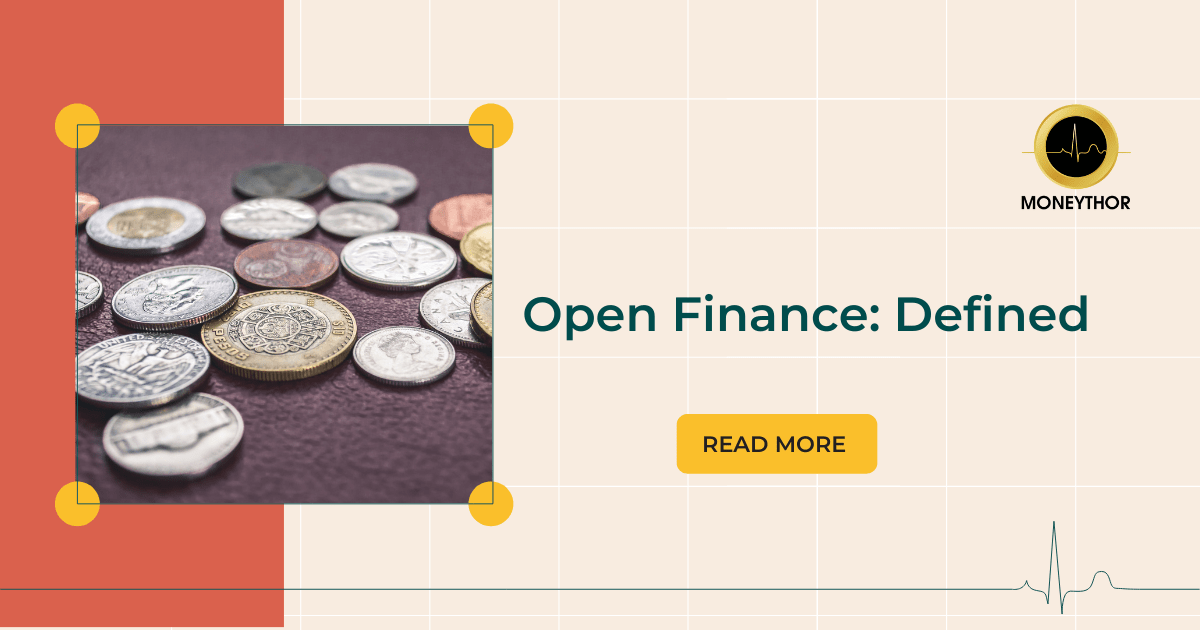Despite Open Banking being available in the market for quite some time now, consumers still find themselves uncertain about how it is applied and how it enables them to fully possess and safely share their financial data. Adding to the ever-growing list of financial terminology is Open Finance, which sometimes is used interchangeably with Open Banking despite it not being the same thing. Let’s unpack the true meaning of Open Finance and understand the relationship it has with Open Banking.
How did it all begin?
Open Banking established the framework that allows users to share their banking data and their ability to transact across banks, fintech firms and third-party providers through Application Programming Interfaces (APIs). Following the passing of a revised Payment Services Directive (PSD2) in 2015 by the Council of the European Union, an early example of Open Banking implementation can be traced back to the UK in 2016, when the Competition and Markets Authority (CMA) set the requirements for nine of the largest banks in the UK to allow accredited fintech firms access to consumer data, following an investigation that concluded how larger and more established banks were not doing enough for consumers.
With Open Banking and the use of APIs, third-party providers can develop applications and services that add value to consumers, be it by creating a more cohesive user experience, providing users with personalised, data driven insights or even making payments more seamless. Open Banking has contributed to escalated growth, innovation and competition within the financial sector, and since then, many countries across the globe have found ways to embrace Open Banking regulatory practices to provide users with improved financial experiences.
What is Open Finance and how is it different?
Open Finance is the next appropriate step in the evolution of Open Banking. In essence, it is a data sharing framework that empowers consumers to authorise a broader set of institutions to share their personal data created by their financial services with third parties, thus allowing for greater access to financial services in a competitive and open market. Open Finance expands the reach of Open Banking by including more sources of data that consumers can tap into and disseminate to enable organisations to build new financial services and offerings linked to data taken from users’ assets & liabilities, tailoring them specifically to their current financial situation and requirements.
Open Finance goes beyond the scope of financial data available at institutions users bank with or invest at. It includes data from sources like insurance policies, utilities and telephone bills, taxes and other service providers such pension funds, covering the entire financial footprint of consumers. Leveraging these data points allows banks to understand users better, thus enabling them to build new financial products tailored to their specific needs. The main difference between Open Banking and Open Finance as it currently stands is that unlike Open Banking, Open Finance does not currently have a legal regulatory framework like PSD2 for it, although initiatives like Australia’s Consumer Data Right (CDR) regulation aim to cover that broader scope, and the UK’s Financial Conduct Authority (FCA) has started an investigation into regulatory requirements for Open Finance.
How does Open Finance benefit consumers?
Within the framework of Open Finance, any financial data created on behalf of consumers by institutions they use will be owned and controlled by consumers and no one else. When the data is then being reused by any other service provider, it takes place with the consumer’s informed consent and in an ethical and secure manner.
Financial institutions, investment portfolios, fiscal authorities, insurance providers and other billers would become data providers for customers. Third party providers such as fintech firms or the incumbents themselves will then access customer data and offer personalised products best suited to consumer needs. This will help not just the users by giving them easier access to a holistic overview of their finances and helping them on their financial wellbeing journey, but also help financial institutions and service providers build better products and services, become more efficient and build better relationships with users in the long run.
Open Banking as we know it has started a transformation of financial services by encouraging growth and collaboration in a traditionally closed and siloed industry. Access to information leads to healthier financial decisioning by all.
Globally, about 1.7 billion people are currently unbanked. For consumers who do not have access to traditional bank accounts and financial services such as loans and credit cards, Open Finance is expected to democratize access to these services. An open exchange of data will allow financial institutions, both new and legacy players to have a better understanding of unbanked users’ financial situation, and perhaps even support them with financial management advice based on their expenses and spending habits.
Conclusion
The evolution of Open Banking into Open Finance aims to make financial services and digital banking more transparent, while enabling users to choose who gains access to their data making financial services more inclusive competitive and accessible in the long run. In order to speed up the levels of adoption for Open Finance, the constant transformation of digital banking infrastructures is necessary. Open Finance will also allow businesses to gain access to more relevant data and enable the delivery of scalable fintech solutions fit for the needs of future generations.

